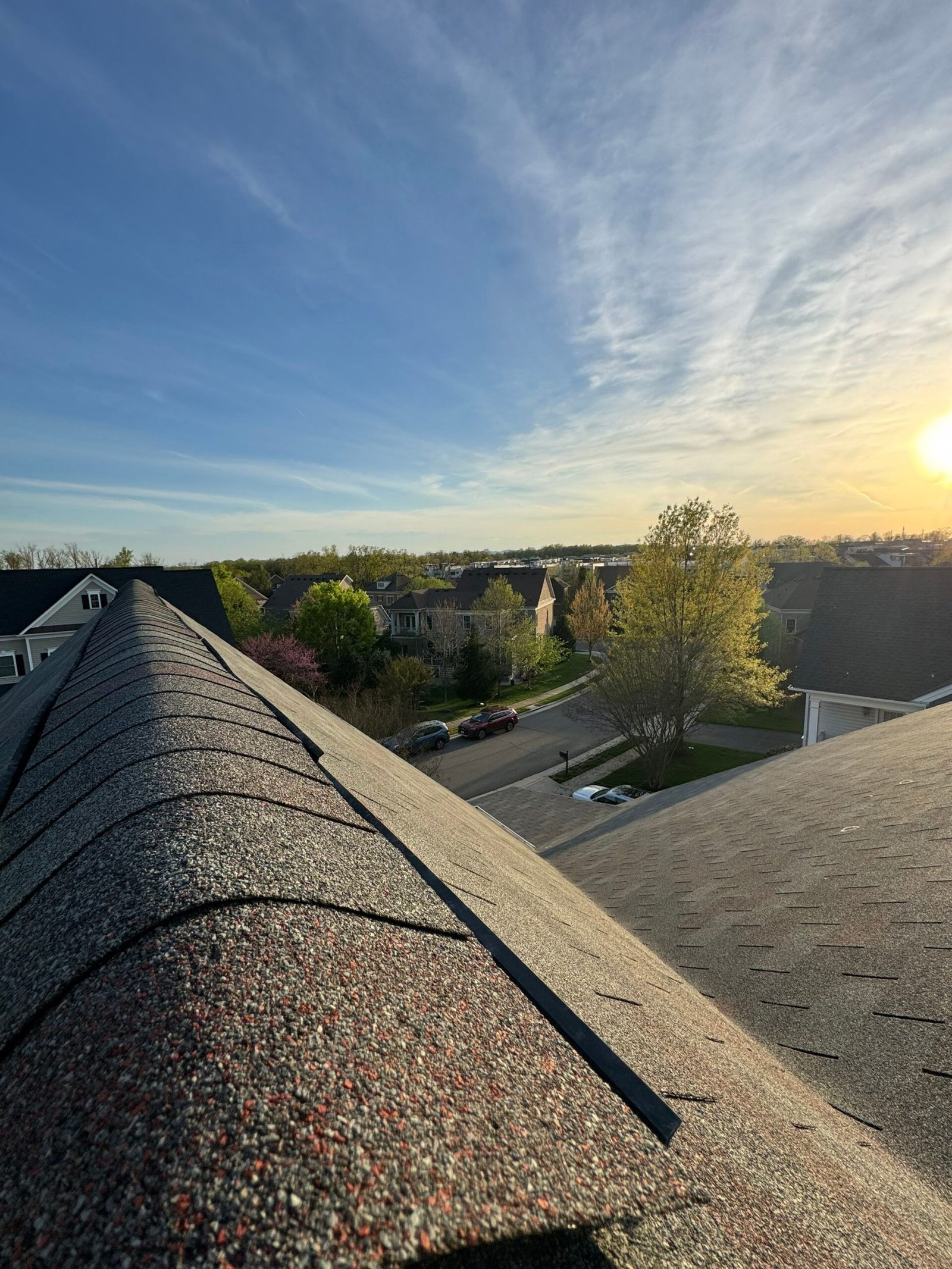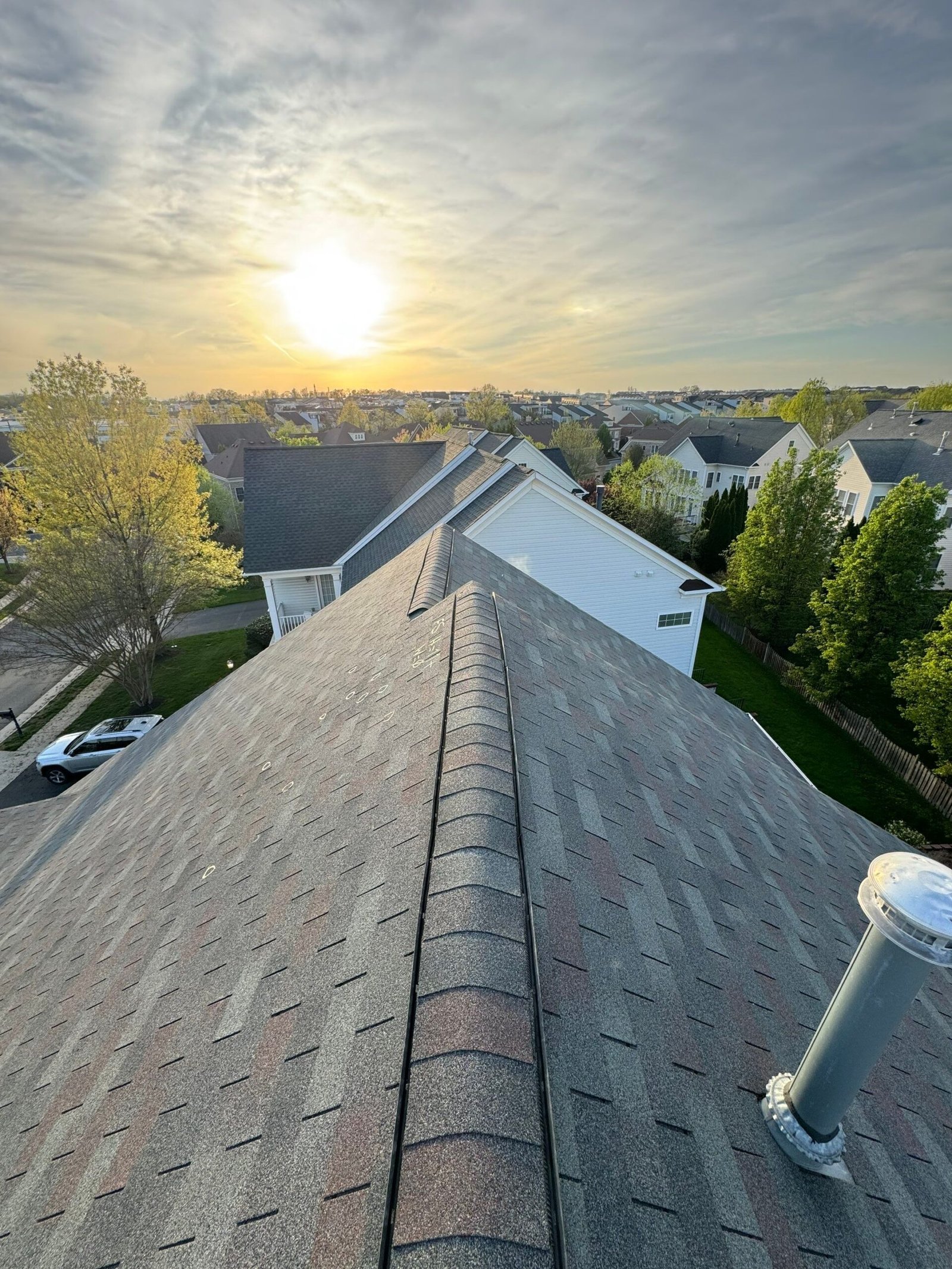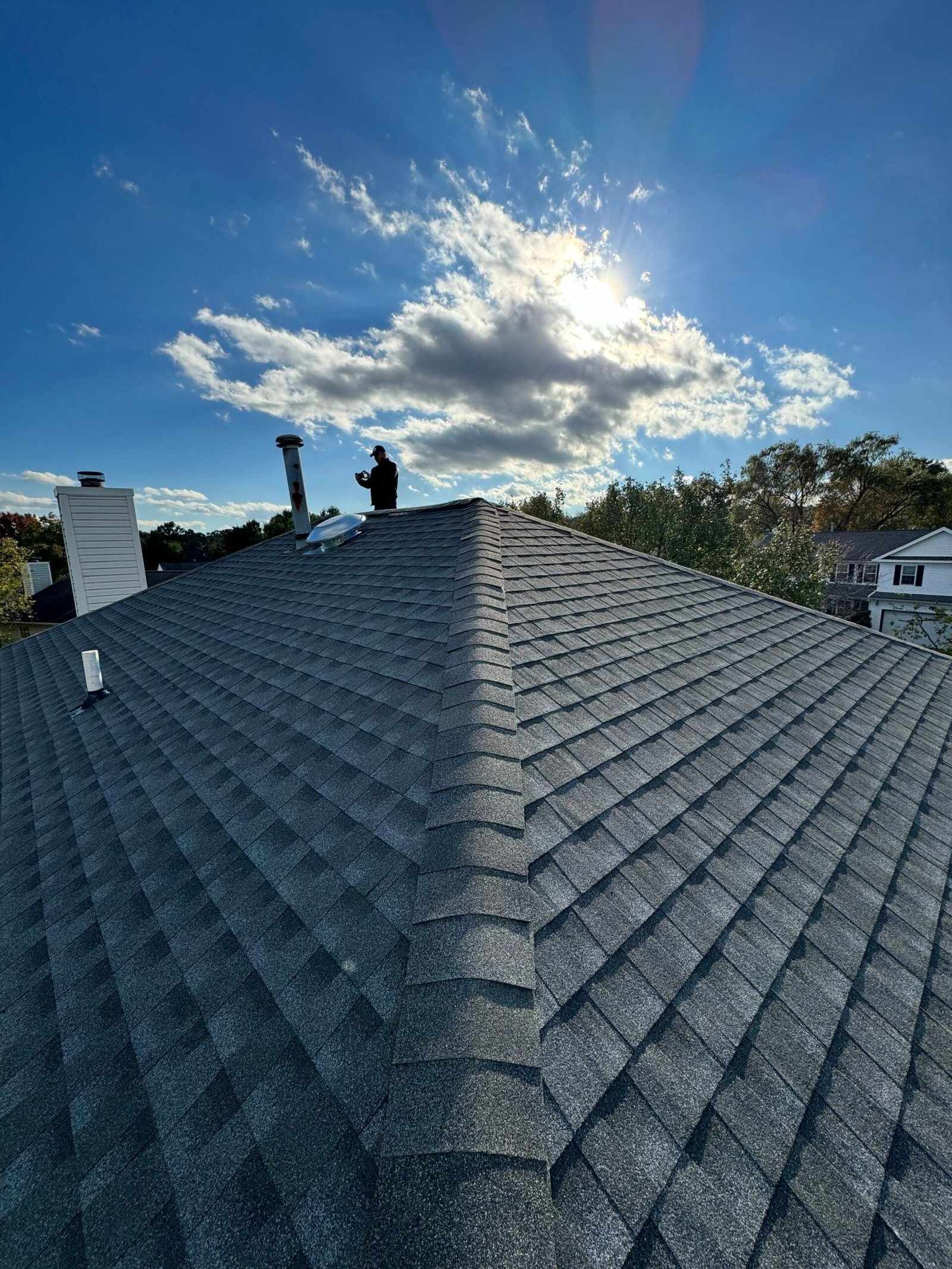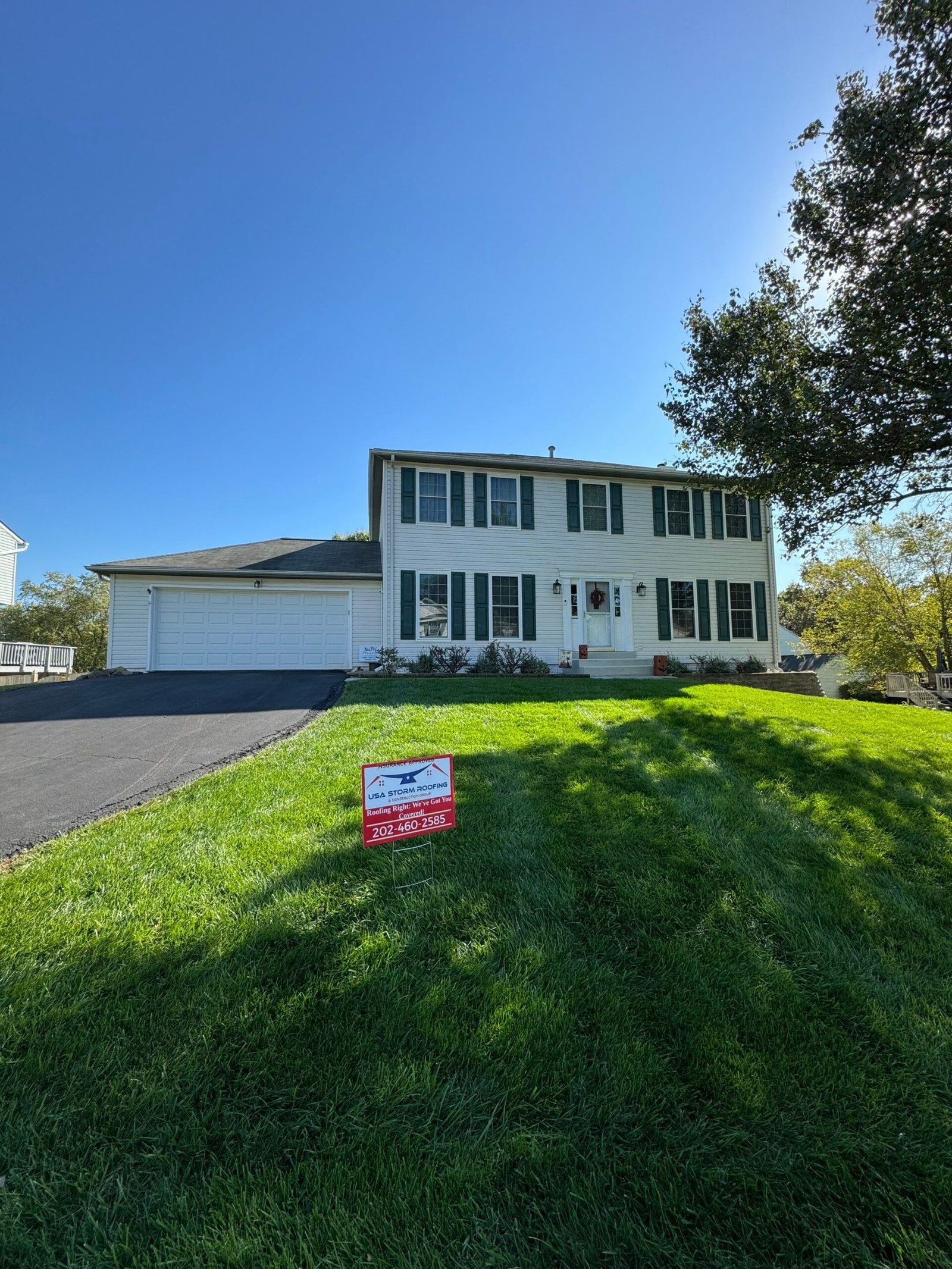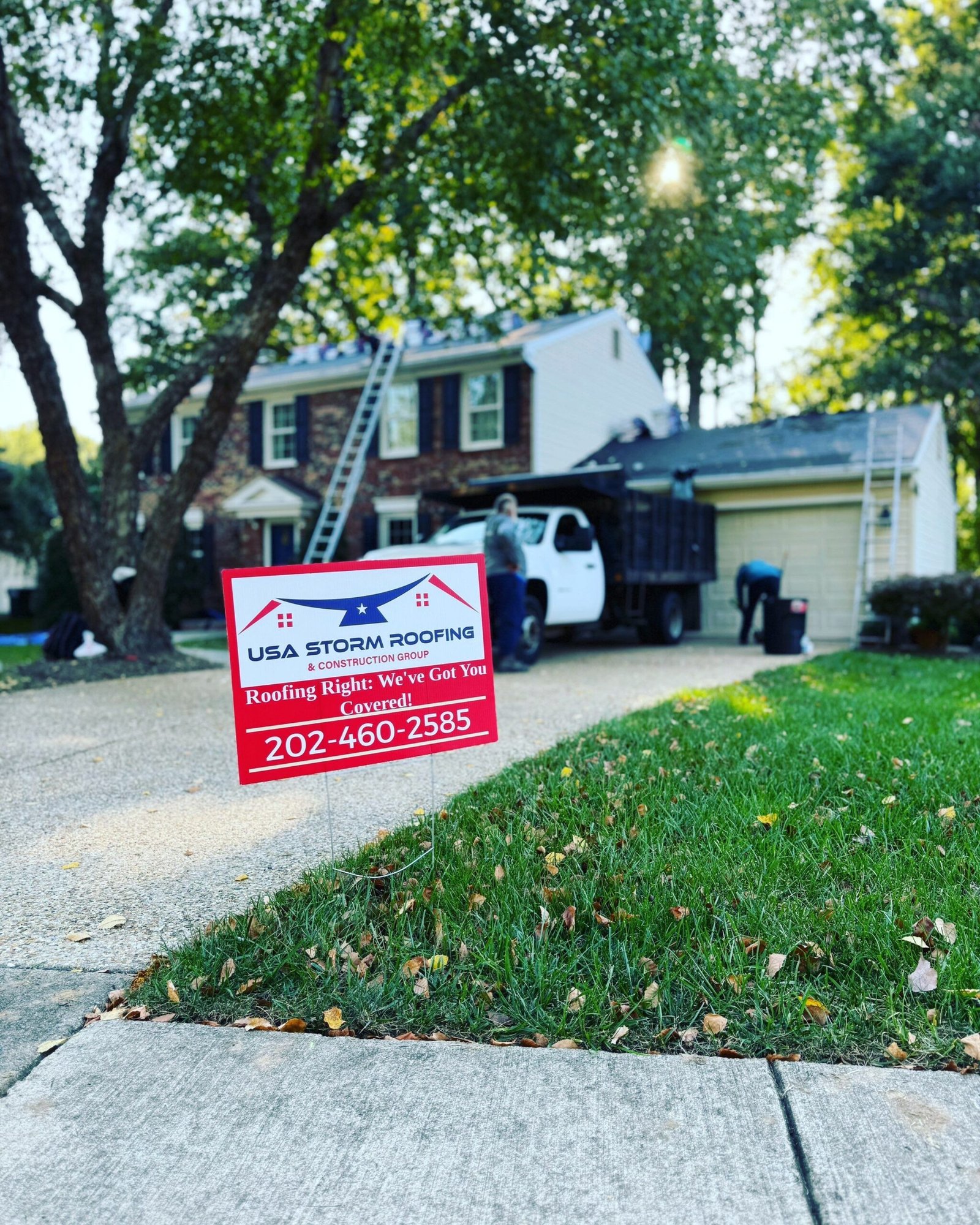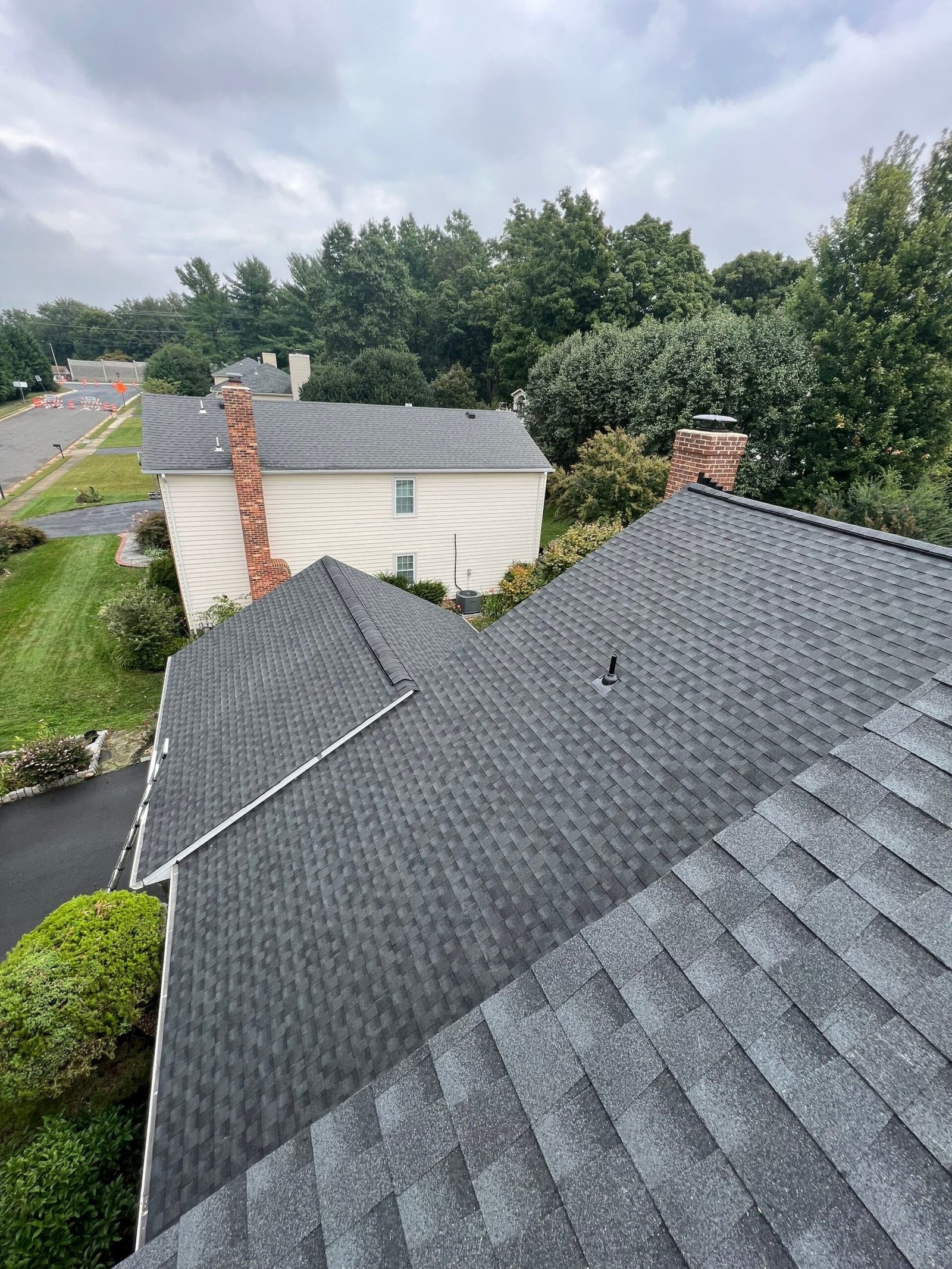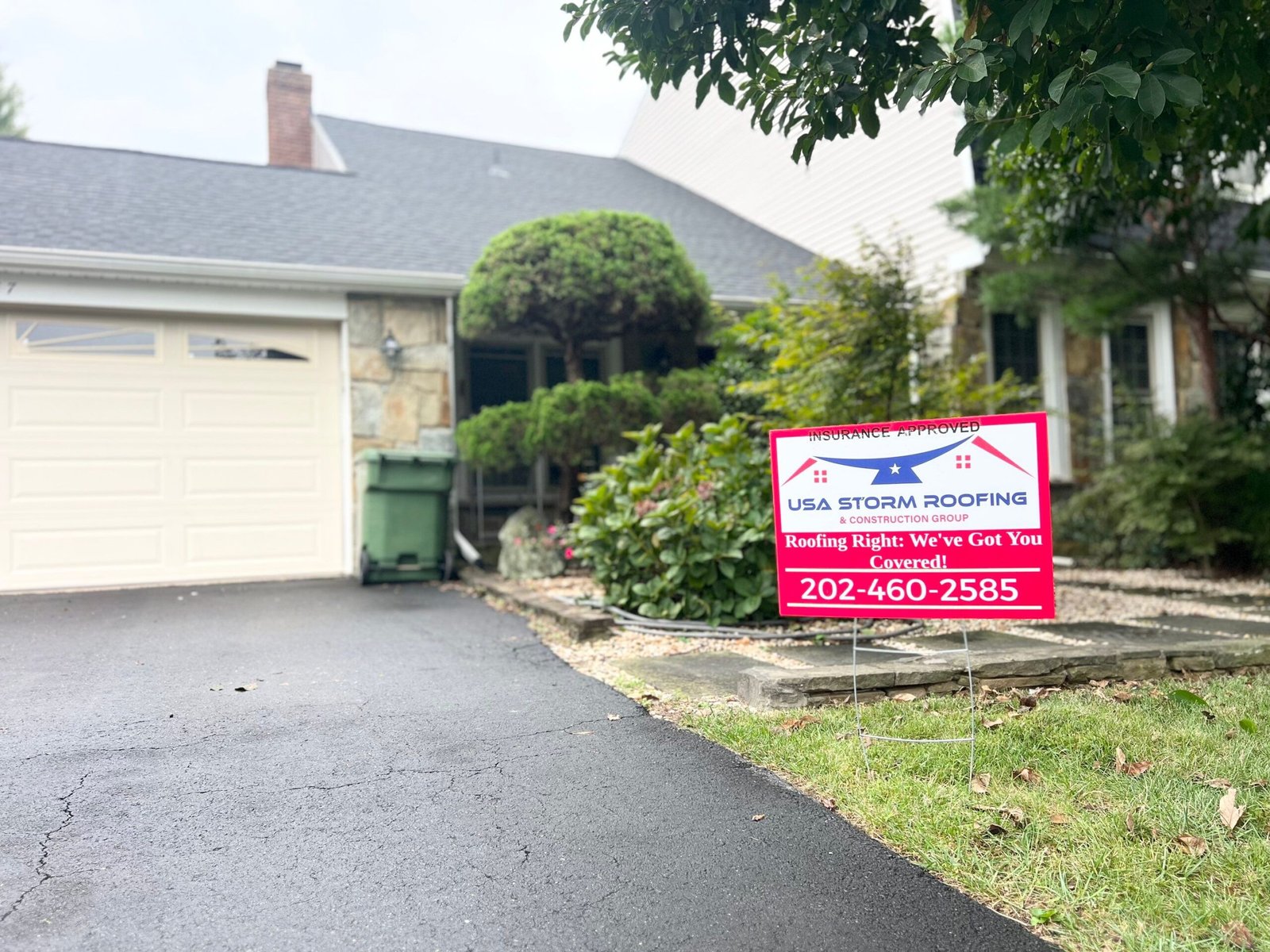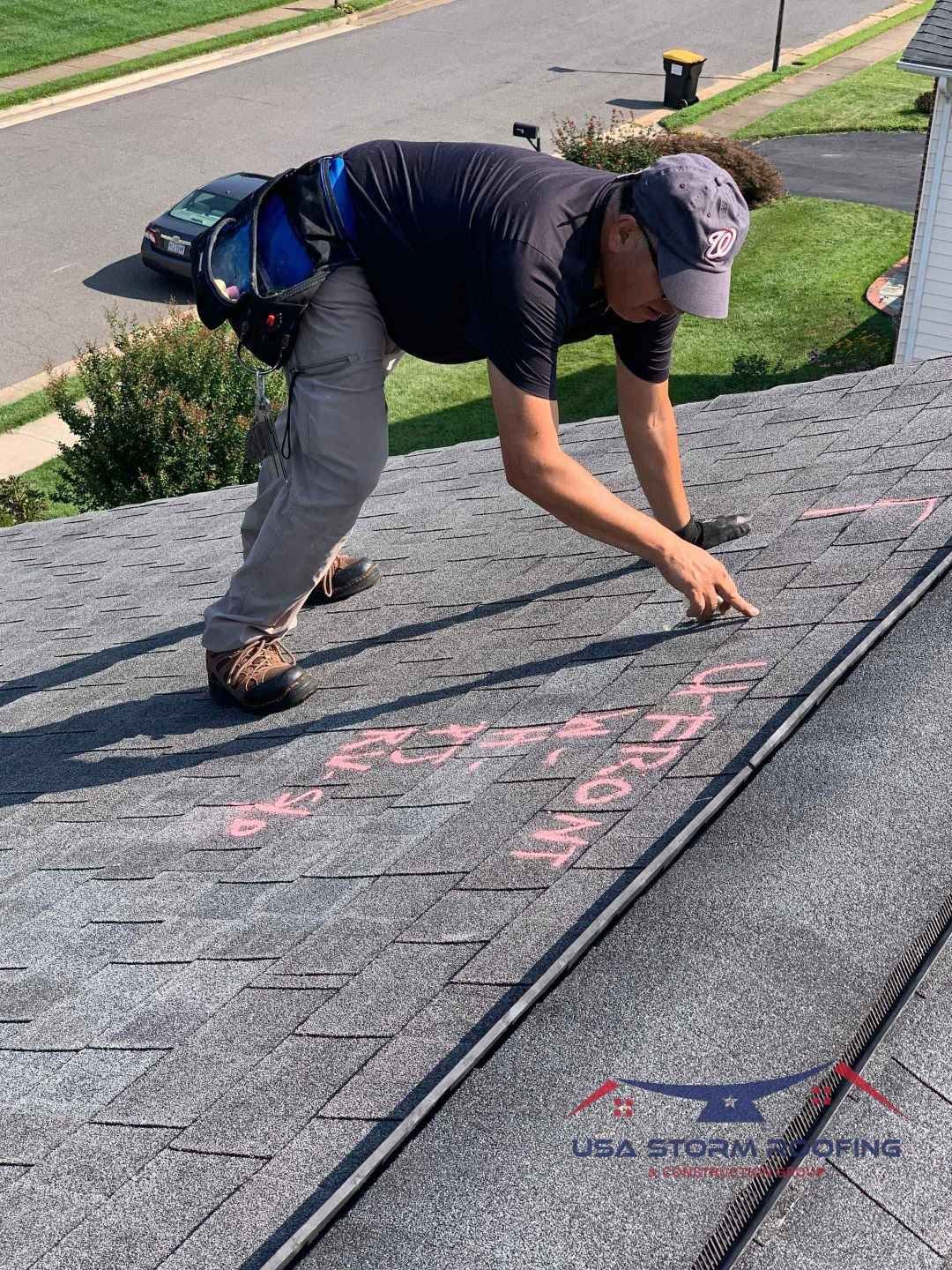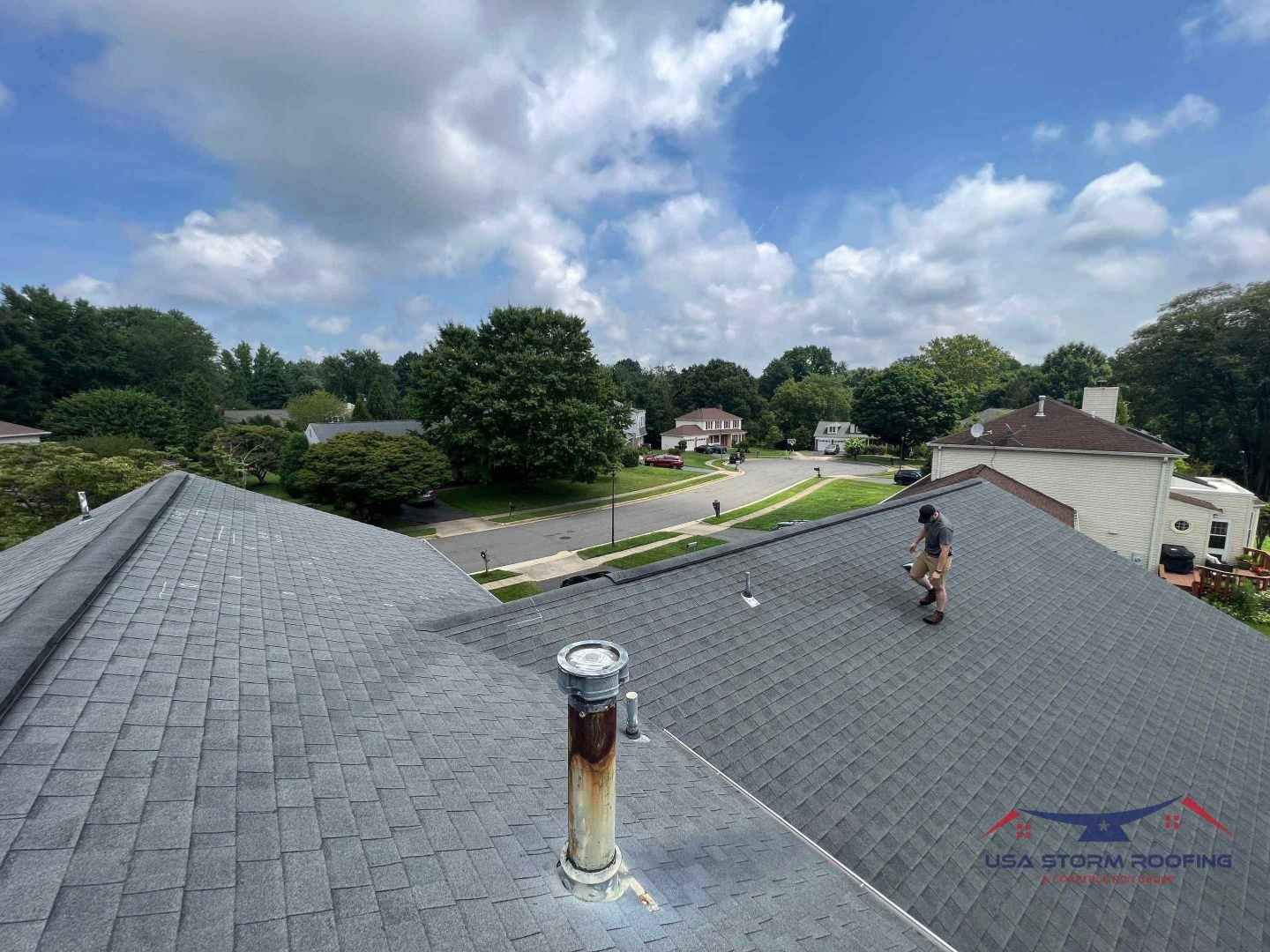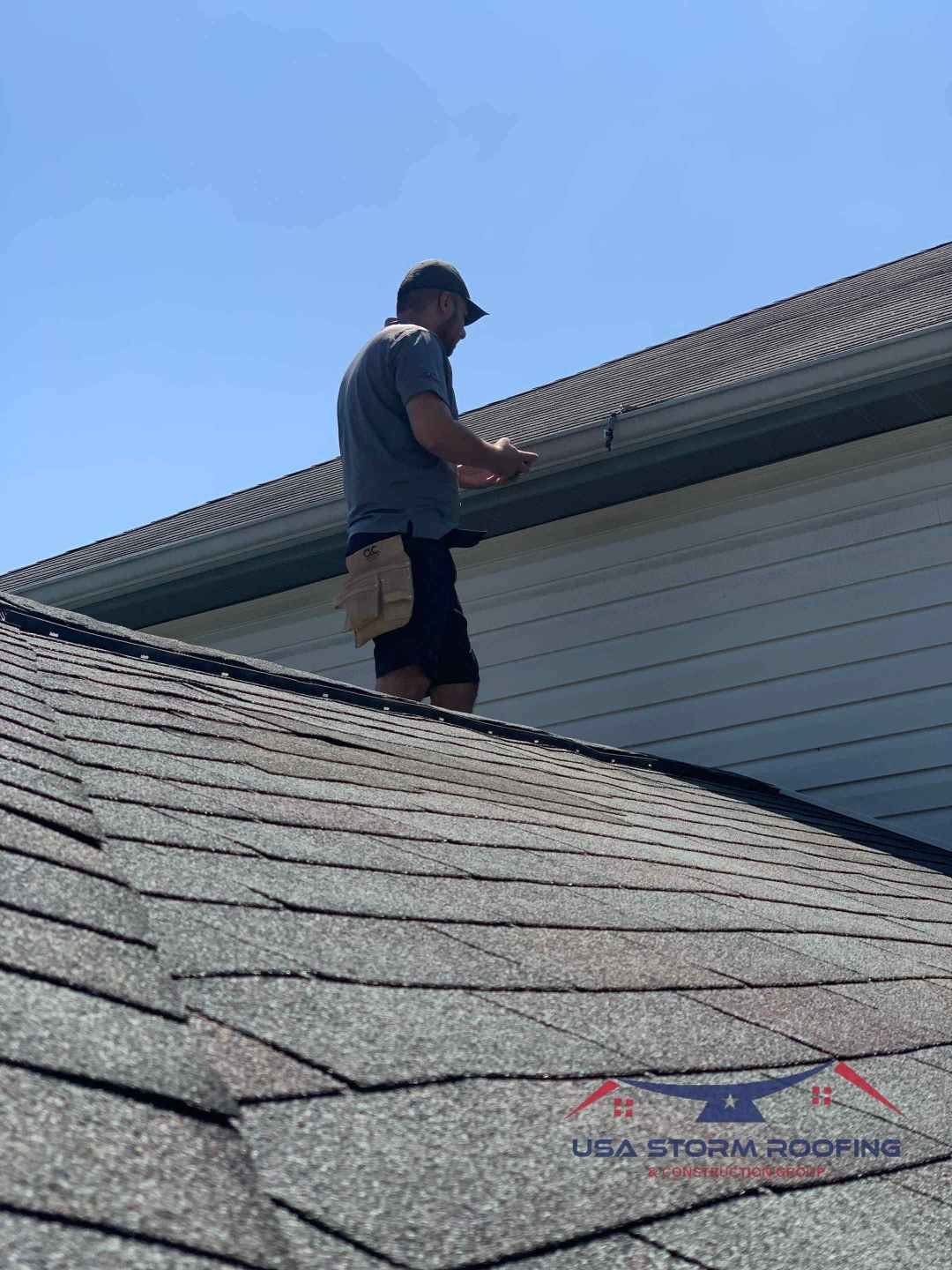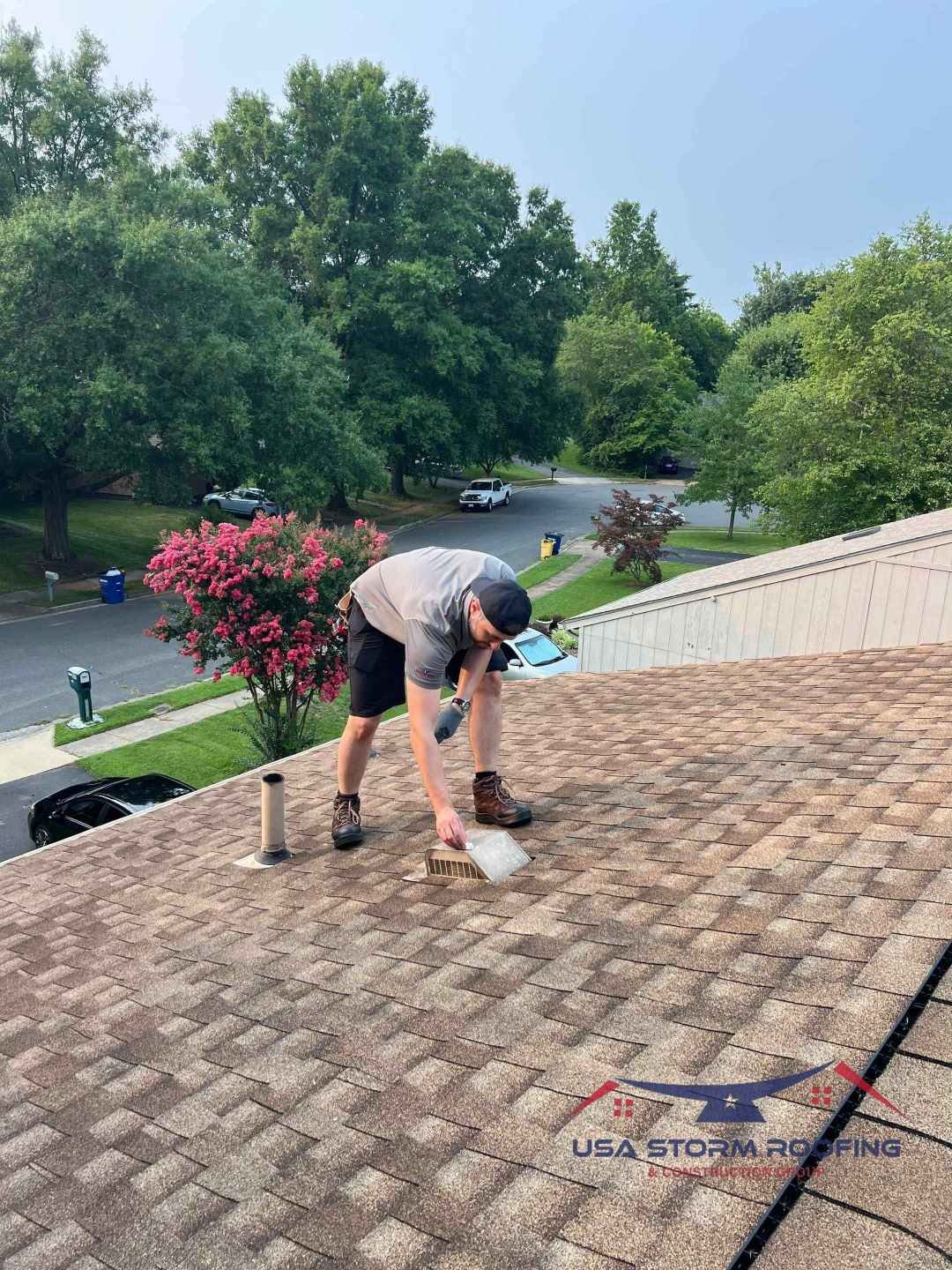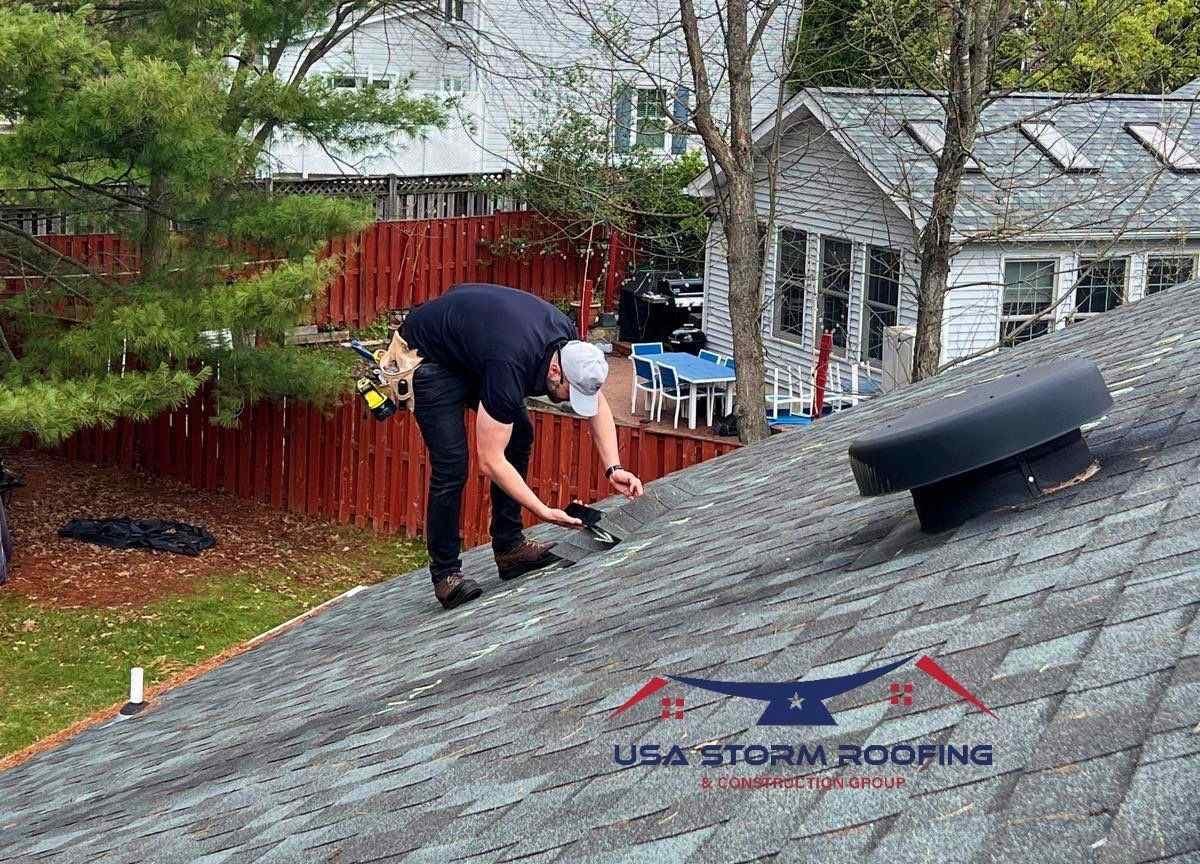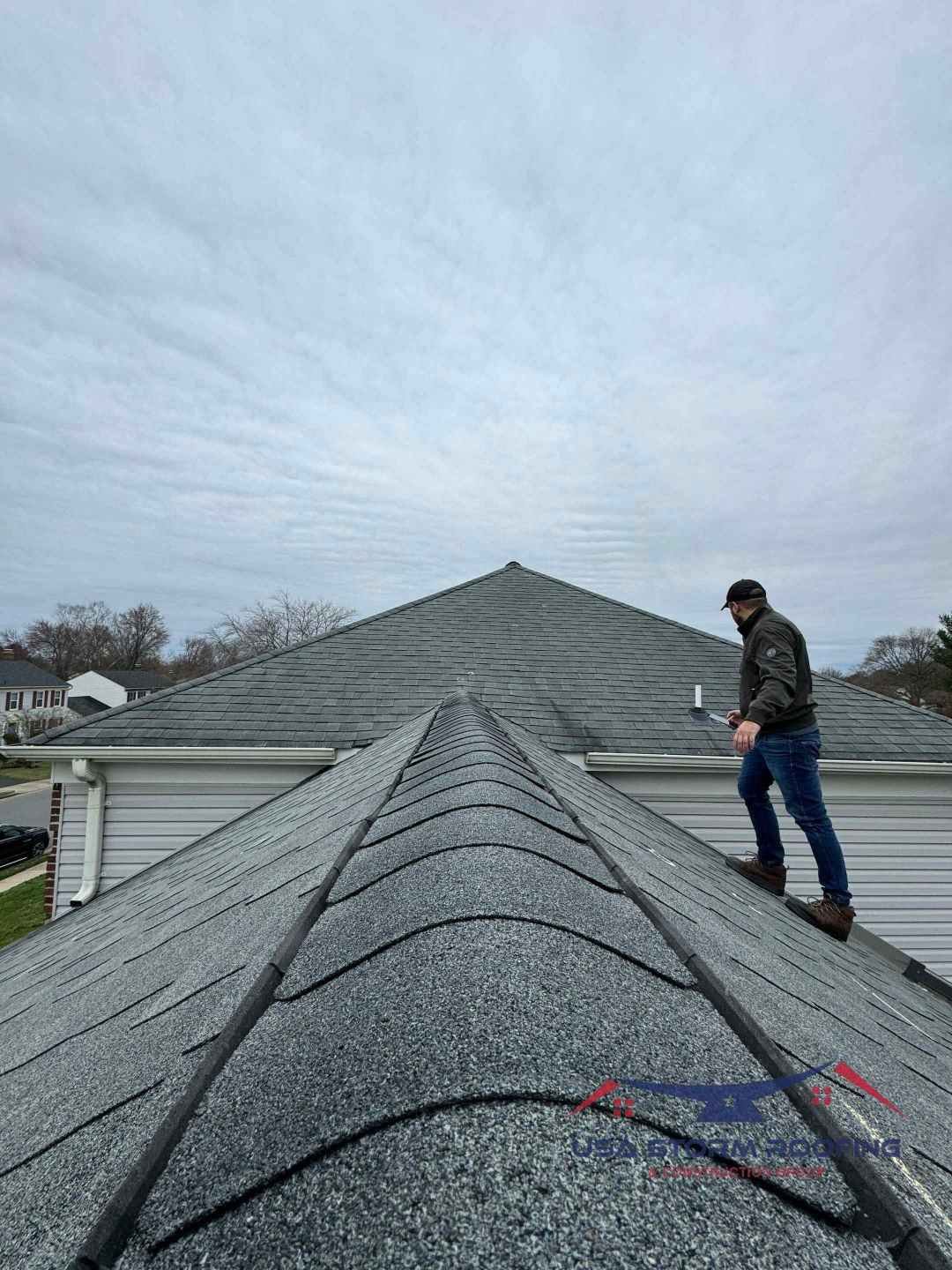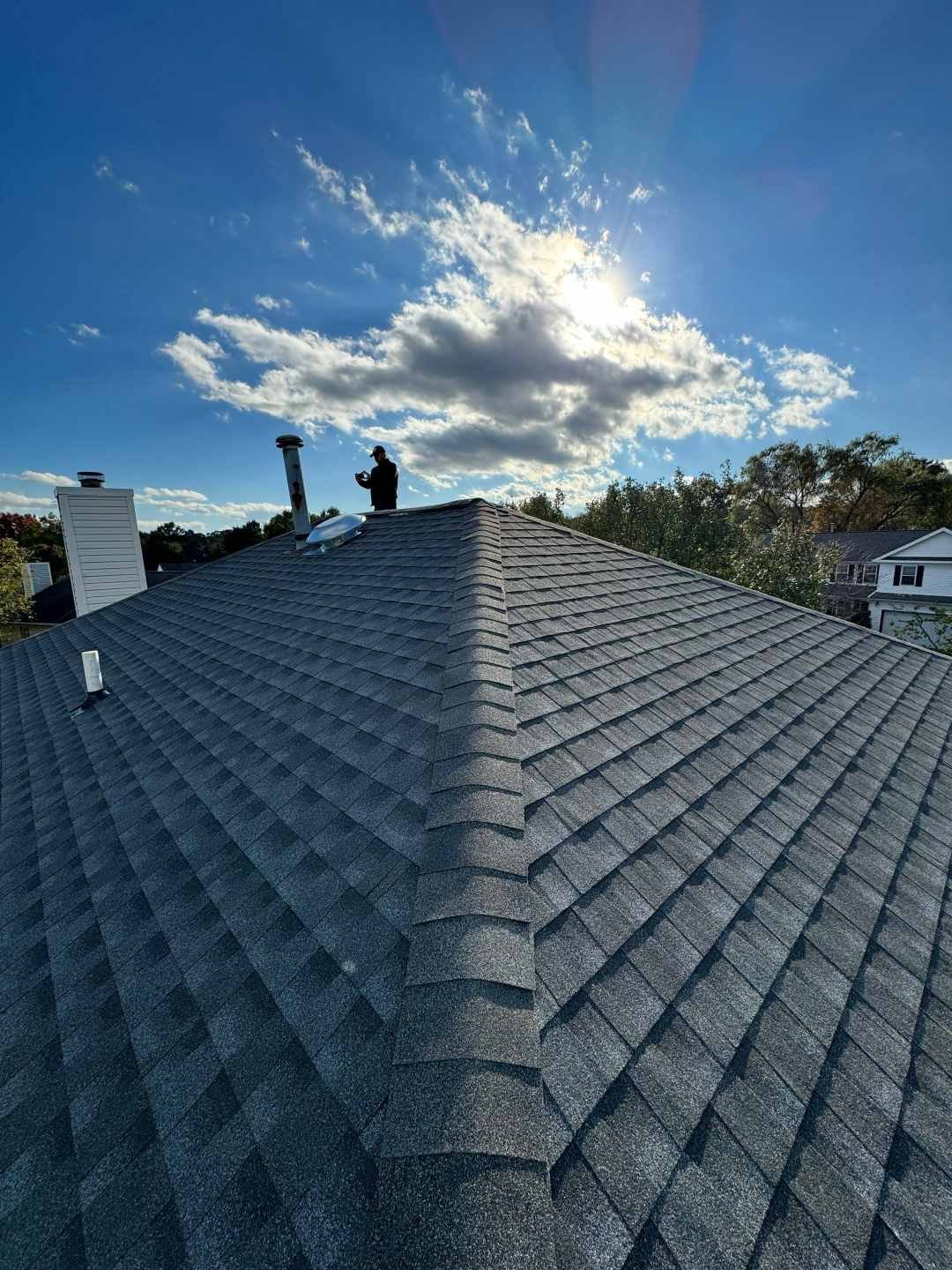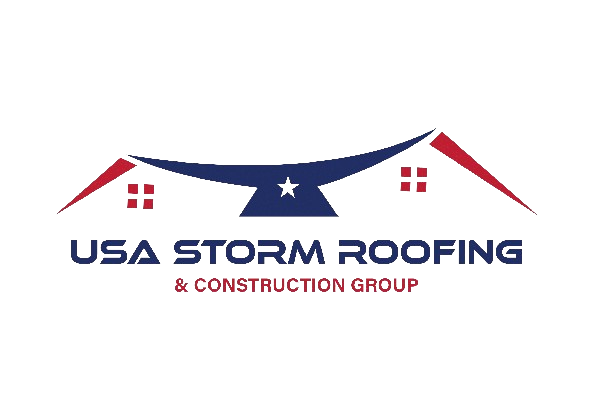When to Replace Your Roof: Essential Guide for Homeowners
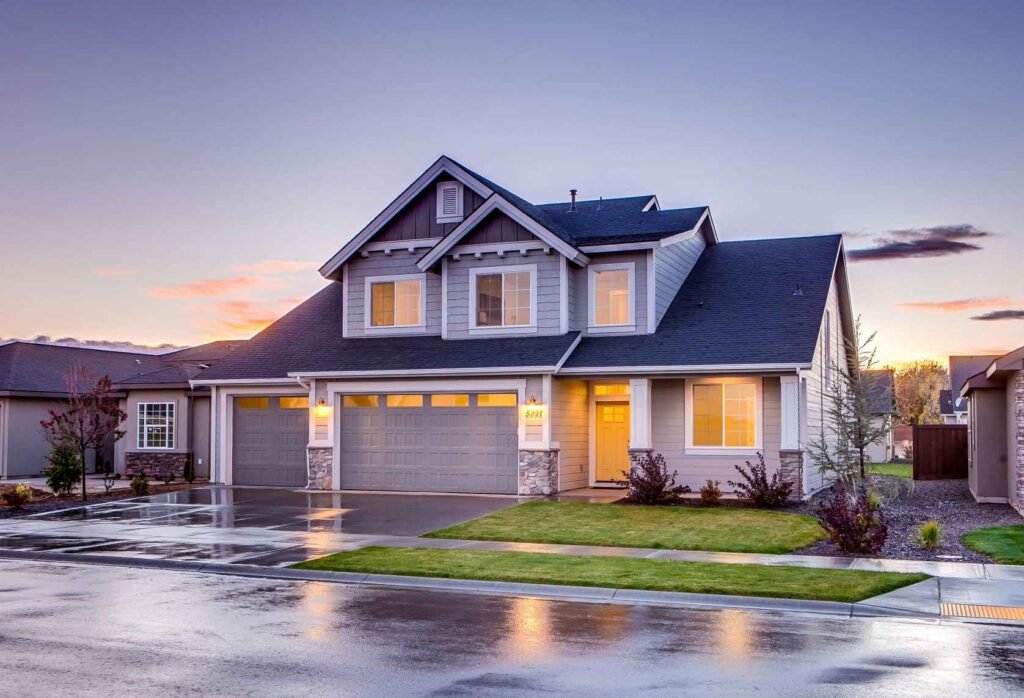
Your roof is one of the most crucial components of your home, safeguarding your family and possessions from the elements. A healthy roof not only ensures your safety but also maintains your home’s value. However, many homeowners may not know when their roof needs replacement. In this comprehensive guide, we’ll explore the top 10 signs that indicate it’s time for a new roof.
The Importance of a Healthy Roof
A well-maintained roof provides numerous benefits for your home:
- Protection from rain, snow, wind, and extreme temperatures
- Prevention of leaks, mold, and structural damage
- Improved energy efficiency and comfort
- Enhanced curb appeal and property value
By addressing roof issues promptly, you can avoid costly repairs and ensure your home remains a safe, comfortable haven.
Top 10 Signs Your Roof Needs Replacement
- Age: Most roofs last 20-30 years. If yours is approaching or exceeding this age, consider replacement.
- Curling or Missing Shingles: Curled, cracked, or missing shingles expose your roof to leaks and damage.
- Sagging Roof Deck: A sagging roof deck indicates structural issues that require immediate attention.
- Granules in Gutters: Excessive granules in your gutters signal that your shingles are deteriorating.
- Daylight Through the Attic: If you can see daylight through your attic boards, your roof likely has holes or leaks.
- Water Stains on Ceilings: Water stains or discoloration on your ceilings are signs of a leaking roof.
- Higher Energy Bills: A damaged roof can allow heat to escape, leading to increased energy costs.
- Moss or Algae Growth: While not always a sign of replacement, extensive growth can trap moisture and damage shingles.
- Chimney Flashing Damage: Damaged flashing around your chimney can allow water to seep into your home.
- Storm Damage: After severe weather, inspect your roof for missing shingles, dents, or cracks.
If you notice any of these signs, it’s crucial to act quickly to prevent further damage and costly repairs.
The Risks and Costs of Neglecting Roof Replacement
Ignoring the signs of a failing roof can lead to severe consequences:
- Leaks and Water Damage: A leaking roof can cause mold, rot, and structural damage to your home.
- Higher Energy Bills: A damaged roof allows heat to escape, forcing your HVAC system to work harder.
- Health Risks: Mold growth from a leaking roof can pose serious health risks, especially for those with allergies or respiratory issues.
- Decreased Property Value: A damaged roof can significantly lower your home’s value and appeal to potential buyers.
By addressing roof issues promptly, you can avoid these risks and protect your home and family.
How to Inspect Your Roof
Regularly inspecting your roof can help you identify issues early and prevent costly repairs. Here’s how to perform a basic roof inspection:
- Visually Assess Your Roof: From the ground, use binoculars to look for missing, curled, or damaged shingles.
- Check Your Attic: Look for daylight, water stains, or sagging boards in your attic.
- Clean Your Gutters: Remove debris and check for excessive granules from your shingles.
- Schedule Professional Inspections: Have a roofing contractor perform a thorough inspection every few years.
If you notice any signs of damage or are unsure about your roof’s condition, contact a professional roofing contractor for a comprehensive assessment.
Choosing the Right Roofing Materials and Contractor
When it’s time to replace your roof, selecting the right materials and contractor is essential. Consider these factors:
- Climate: Choose materials suitable for your local climate and weather conditions.
- Durability: Invest in high-quality, durable materials that offer long-lasting protection.
- Style: Select a material and color that complements your home’s architecture and enhances its curb appeal.
- Contractor Experience: Choose a reputable, experienced contractor with a proven track record of quality workmanship.
- Warranties: Ensure your contractor offers a comprehensive warranty on materials and labor.
By carefully selecting your roofing materials and contractor, you can ensure a successful, long-lasting roof replacement.
Maintaining Your New Roof
Once your new roof is installed, proper maintenance is key to prolonging its lifespan and protecting your investment. Follow these tips:
- Clean Gutters Regularly: Remove debris to prevent clogs and ensure proper drainage.
- Trim Overhanging Branches: Cut back branches that could fall and damage your roof during storms.
- Ventilate Your Attic: Ensure your attic has proper ventilation to prevent moisture buildup and heat retention.
- Schedule Annual Inspections: Have a professional contractor inspect your roof annually to identify and address any issues promptly.
By following these maintenance tips, you can keep your new roof in top condition for years to come.
Real-Life Success Stories
Many homeowners have benefited from timely roof replacement. Here are a few examples:
- The Johnsons: After noticing water stains on their ceiling, the Johnsons scheduled a roof inspection. Their contractor identified several leaks and recommended a full replacement. Since their new roof was installed, the Johnsons have enjoyed a leak-free, energy-efficient home.
- The Smiths: The Smiths’ 25-year-old roof was showing signs of wear, with missing shingles and moss growth. They invested in a new, durable metal roof that not only enhanced their home’s appearance but also increased its value when they sold it a few years later.
These examples demonstrate the benefits of proactive roof replacement and the peace of mind it brings to homeowners.
Protecting Your Home with a Healthy Roof
Your roof is your home’s first line of defense against the elements. By understanding the signs of a failing roof and taking proactive steps to address issues, you can safeguard your family, possessions, and investment. Regular inspections, timely replacement, and proper maintenance are key to ensuring your roof remains a reliable, protective barrier for years to come.
We hope this guide has provided valuable insights into when and why to replace your roof. If you have any experiences or tips to share, we’d love to hear from you in the comments below. And if you’re in need of a roof inspection or replacement, our team of experienced professionals is here to help. Contact us today for a consultation and let us help you protect your home with a healthy, reliable roof.

